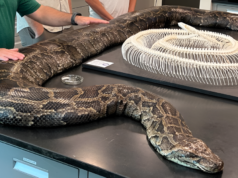
Dogs are incredible creatures with a sense of smell up to 100,000 times more sensitive than that of humans. Their noses, equipped with around 300 million olfactory receptors, make them uniquely capable of detecting diseases in ways that even advanced medical technology struggles to replicate. From cancer to infectious diseases, here’s a deep dive into 12 conditions dogs can sniff out.
1. Cancer

One of the most remarkable abilities of dogs is their capacity to detect cancer, including lung, breast, and skin cancers. Studies have shown that trained dogs can identify cancerous cells in urine, breath, or skin samples with remarkable accuracy. This ability stems from their sensitivity to volatile organic compounds (VOCs) produced by cancer cells. Early detection can save lives, and these four-legged diagnosticians are proving to be a powerful ally in the fight against this devastating disease.
2. Diabetes

Dogs trained as diabetic alert companions can sniff out hypoglycemia (low blood sugar) in diabetic individuals. By detecting specific changes in their owner’s scent caused by fluctuating blood sugar levels, these dogs can alert their owners before symptoms become severe. This early warning system allows individuals to take preventive measures, avoiding life-threatening complications.
3. Epilepsy
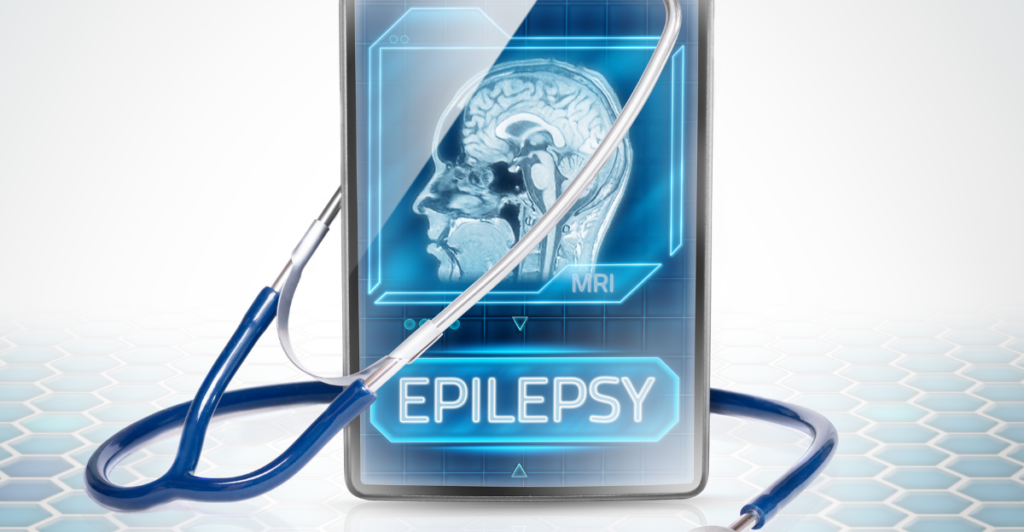
Seizure-alert dogs can sense an oncoming epileptic seizure before it happens. Although the exact mechanism remains unclear, it’s believed they pick up on subtle changes in body chemistry or behavior. Their warnings, such as barking, pawing, or nudging, give individuals time to prepare, lie down, or call for help, potentially reducing injury and panic.
4. Parkinson’s Disease

Parkinson’s disease has a distinct scent caused by chemical changes in the body that occur years before symptoms develop. Dogs trained to detect this scent can assist in the early diagnosis of Parkinson’s, offering hope for earlier interventions. This discovery has also spurred research into creating diagnostic tools modeled after canine noses.
5. COVID-19
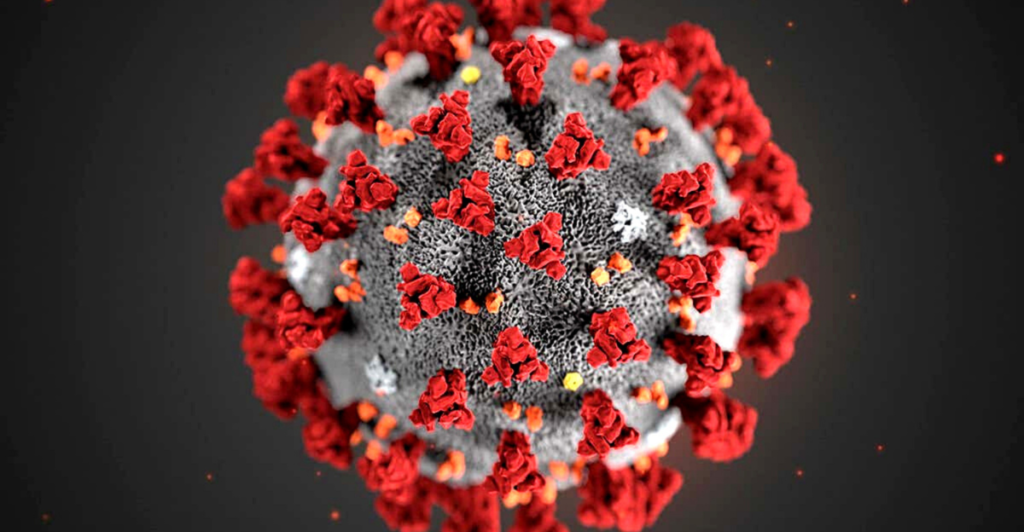
During the pandemic, dogs were trained to sniff out COVID-19 from sweat, saliva, or breath samples. Studies have demonstrated that their detection accuracy rivals laboratory tests. Airports, hospitals, and event venues have even employed detection dogs to screen individuals, showcasing their value in managing public health crises.
6. Malaria
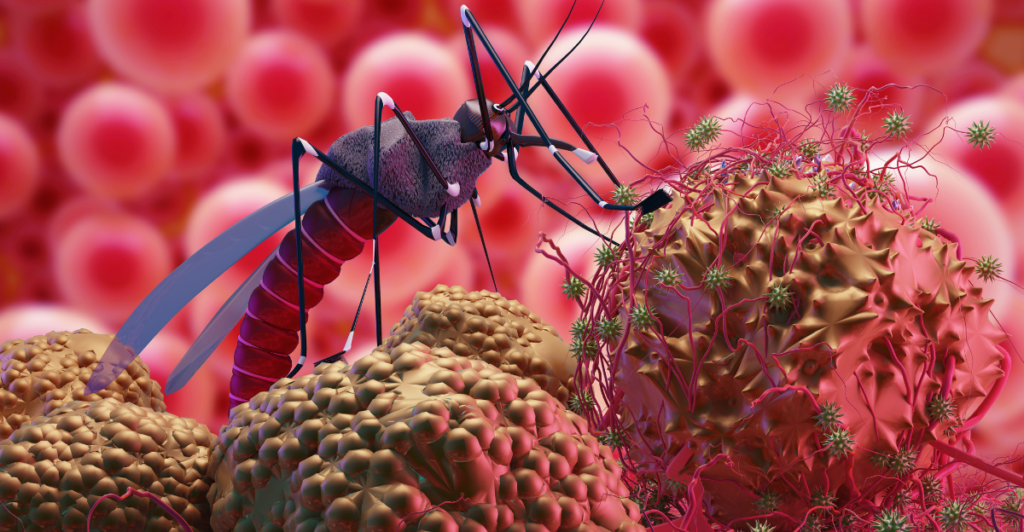
Malaria, caused by parasitic infections, emits a distinct odor detectable by dogs. Research shows that trained dogs can identify malaria-infected individuals by sniffing their clothing. This method is especially promising in areas with limited access to medical testing, offering a rapid and non-invasive diagnostic option.
7. Tuberculosis (TB)
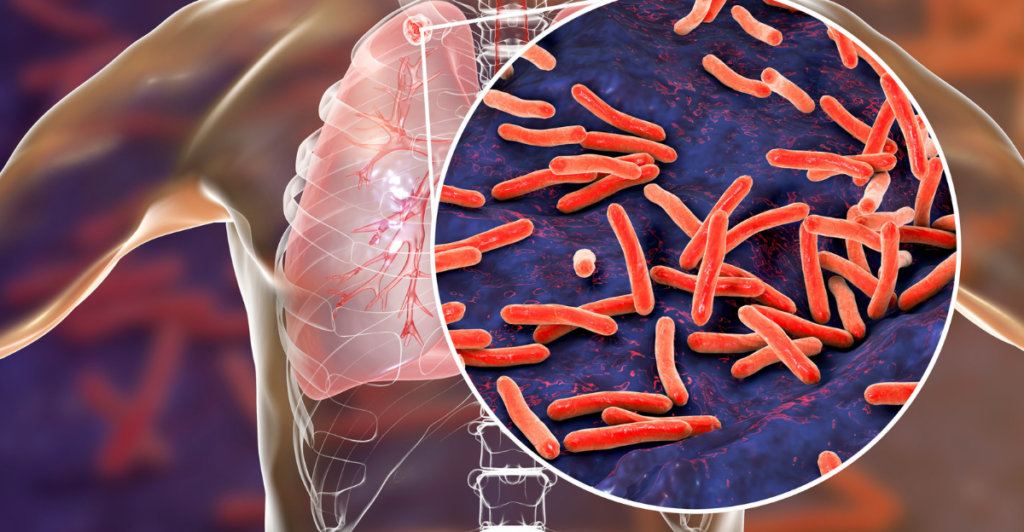
Dogs can detect tuberculosis by sniffing sputum samples or even the air exhaled by infected individuals. TB emits a unique scent that trained dogs can identify with impressive accuracy. Their contribution is particularly valuable in regions where traditional testing is costly or inaccessible.
8. Celiac Disease
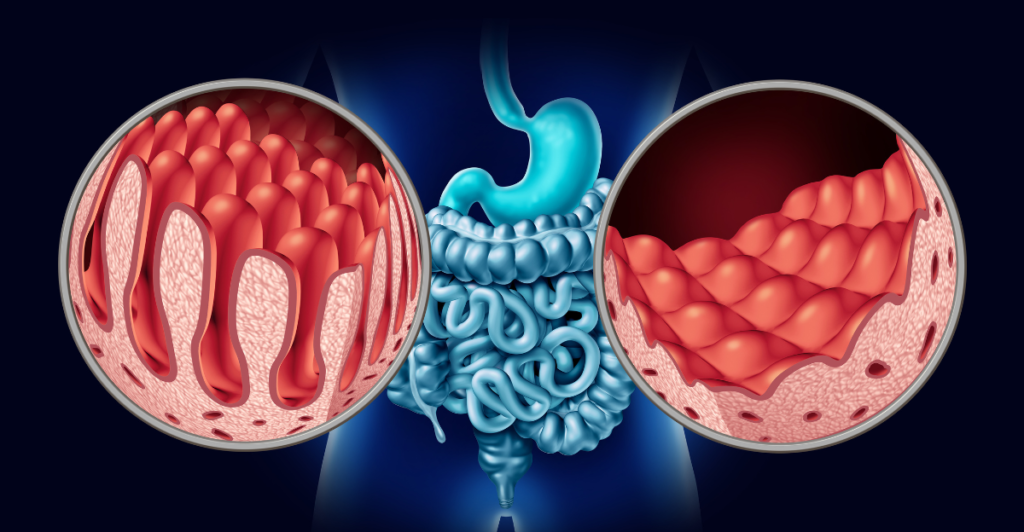
Gluten contamination can be life-threatening for individuals with celiac disease. Detection dogs trained for this purpose can sniff out even trace amounts of gluten in food, helping their owners avoid harmful exposure. This skill allows those with celiac disease to navigate their dietary restrictions more confidently and safely.
9. Bladder Cancer

Bladder cancer causes unique chemical changes in urine that dogs can detect. Research indicates that trained dogs are exceptionally accurate in identifying these changes, often diagnosing the disease at an earlier stage than traditional methods.
10. Prostate Cancer

Prostate cancer releases specific volatile organic compounds that dogs can pick up in urine samples. Studies have shown detection rates exceeding 90% accuracy. These findings could revolutionize screening methods, making diagnostics less invasive and more accessible.
11. Narcolepsy

Narcolepsy is a neurological disorder causing sudden sleep attacks. Dogs can detect subtle biochemical changes signaling an oncoming episode. They alert their owners, providing time to find a safe place to rest or seek assistance. These canine companions significantly improve the quality of life for individuals with this condition.
12. Bacterial Infections
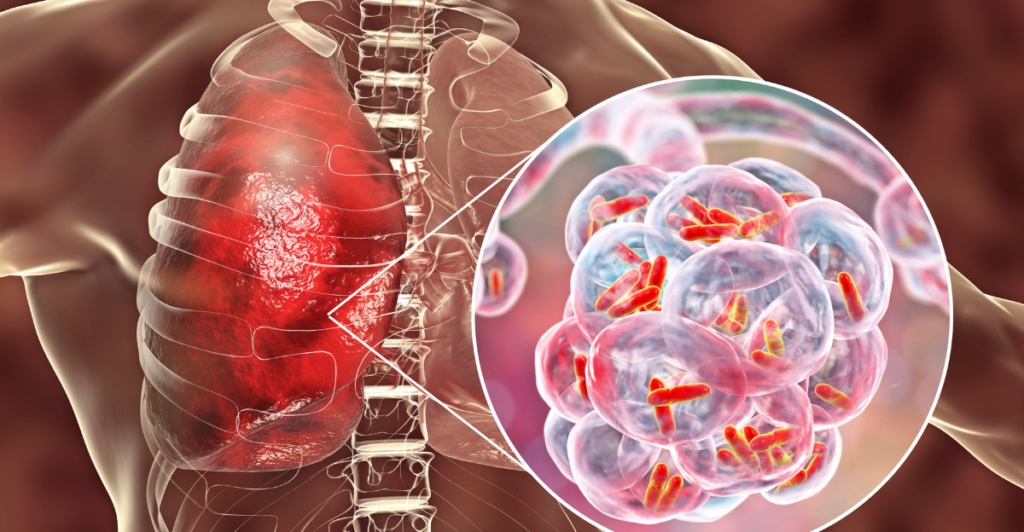
Certain bacterial infections, such as Clostridium difficile (C. diff), have distinct odors that dogs can detect. In hospitals, detection dogs have been deployed to identify contaminated areas, reducing the spread of infections. Their work helps maintain cleaner environments and safeguard patient health.
The Science Behind a Dog’s Nose
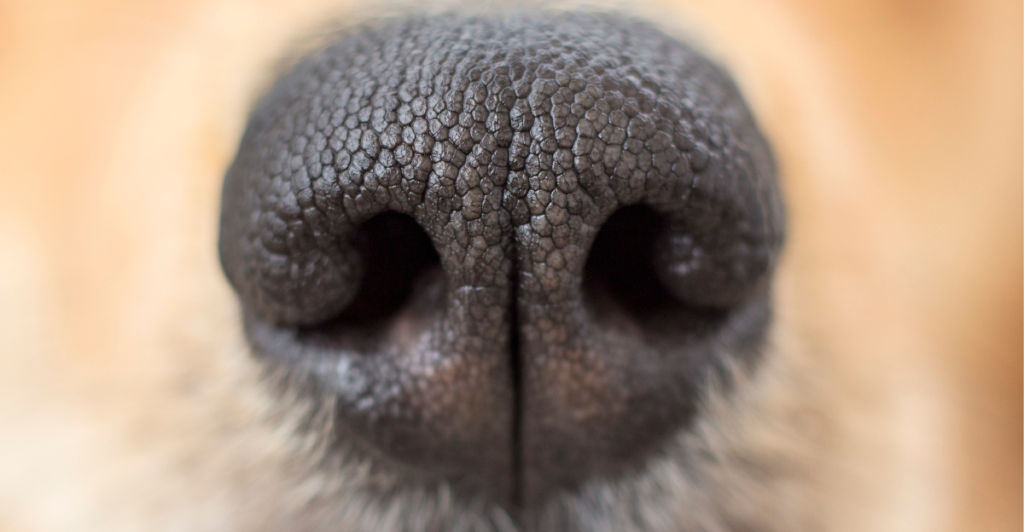
A dog’s olfactory system is a marvel of nature. With a specialized organ called the vomeronasal organ and a brain devoted largely to processing smells, dogs are uniquely equipped to perform these life-saving tasks. Their abilities continue to inspire new medical innovations, from scent-based diagnostic tools to robotic sniffers designed to mimic canine noses. Dogs aren’t just our best friends. They’re heroes in the medical field. Their contributions to detecting diseases and safeguarding health are yet another testament to the extraordinary bond between humans and dogs.
References:
Feasibility of integrating canine olfaction with chemical and microbial profiling of urine to detect lethal prostate cancer
Dog Owners’ Survey reveals Medical Alert Dogs can alert to multiple conditions and multiple people
Trained dogs can detect the odour of Parkinson’s Disease
Discover more of our trending stories and follow us to keep them appearing in your feed

Meet the Massive Crocodiles That Make Their Homes 40 Feet Underground
12 Facts About Bald Eagles and Ospreys’ Recovery
10 Fearsome Birds of Prey Flying America’s Skies and How They Hunt
12 Fierce Birds That Patrol Rocky Horizons
Stay connected with us for more stories like this! Follow us to get the latest updates or hit the Follow button at the top of this article, and let us know what you think by leaving your feedback below. We’d love to hear from you!


